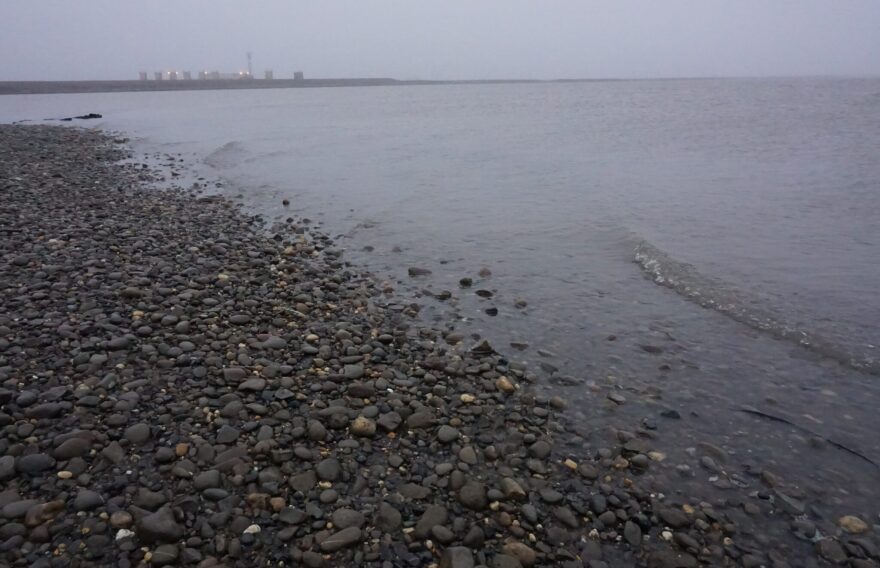The Trump administration plans to create a new designated region for offshore oil leasing in Arctic waters off Alaska, an area where past exploration attempts have failed amid extremely high costs, logistical challenges and safety problems.
The Department of the Interior said it will soon release a new five-year national plan for offshore oil and gas leasing in federal water, and it will include a new High Arctic planning area. Details will be provided in an upcoming notice in the Federal Register and in information posted on the Bureau of Ocean Energy Management’s website, the department said in its statement.
“Launching the process to develop the 11th National Outer Continental Shelf Program marks a decisive step toward securing American Energy Dominance,” Interior Secretary Doug Burgum said in the statement. “Through a transparent and inclusive public engagement process, we are reinforcing our commitment to responsible offshore energy development—driving job creation, bolstering economic growth and strengthening American energy independence. Under President Donald J. Trump’s leadership, we are unlocking the full potential of our offshore resources to benefit the American people for generations to come.”
Further information was not provided by the department.

Most federal Arctic waters were previously put off-limits to oil leasing by former Presidents Barack Obama and Joe Biden.
President Trump attempted in his first term to open Arctic areas that Obama had withdrawn from the leasing program, but that attempt was struck down by a federal court.
A more recent Trump attempt to open withdrawn waters to oil leasing is now being challenged, as the first attempt was. A coalition of environmental groups sued the Trump administration in February over his efforts to overturn protections in the Northern Bering Sea and areas of the Atlantic and Pacific oceans.
Environmentalists on Friday criticized the newly announced plans for more offshore oil leasing, including in the Arctic.
“Drilling in the Arctic is a disaster waiting to happen. There’s no way to clean up an oil spill there and it will harm polar bears and bowhead whales. Oil companies should think twice about drilling in the Arctic, as it has been plagued with challenges,” Natalie Jones of the Center for Biological Diversity said by email.
The Center for Biological Diversity is one of the environmental groups that sued the Trump administration in February.
Despite some sporadic attempts to explore for oil in federal Arctic waters off Alaska, there has never been any commercial oil production there or in any federal waters off Alaska, except for a small portion of the Hilcorp-operated Northstar field, which lies mostly on state territory.

The field that was expected to become the first producing site located entirely in federal waters off Alaska, the Liberty project, has languished for decades without development. BP Exploration (Alaska) Inc. discovered it in the 1990s and drew up two separate development plans but wound up dropping those. Hilcorp acquired full ownership of Liberty in 2020, but its lack of progress on the project led to expiration of the leases earlier this year.
The last oil exploration attempt in federal Arctic waters was a Royal Dutch Shell campaign abandoned in 2015 after the company spent over $7 billion on it.
That campaign was beset with trouble — most notably, the wreck of a mobile drill rig that escaped its tow and grounded during a storm on Dec. 31, 2012. The rig, the Kulluk, had been used for Shell’s exploration in the Beaufort Sea, the portion of the Arctic Ocean east of Point Barrow. Shell used a separate drill ship in the Chukchi Sea, west of Point Barrow and north of the Bering Strait. That ship, the Noble Discoverer, also had numerous operational and environmental problems.
Shell wound up completing just one well, which was in the Chukchi, and the company concluded that it found too little oil there to justify further development.

